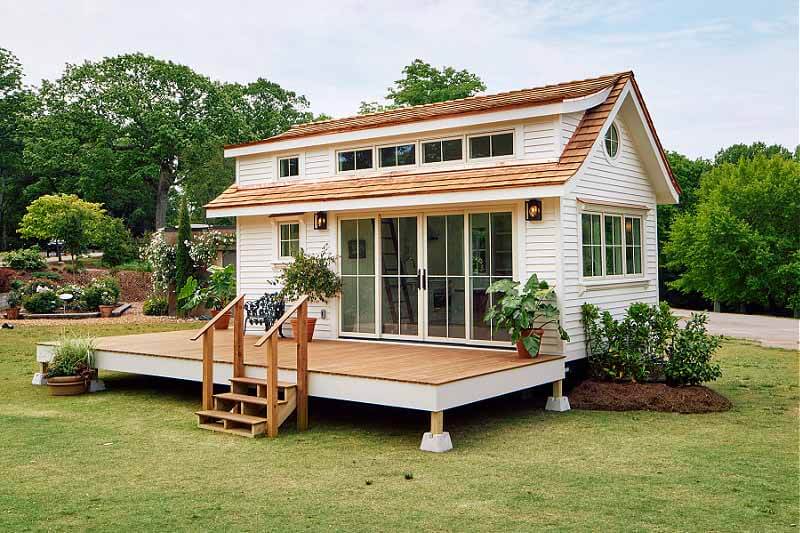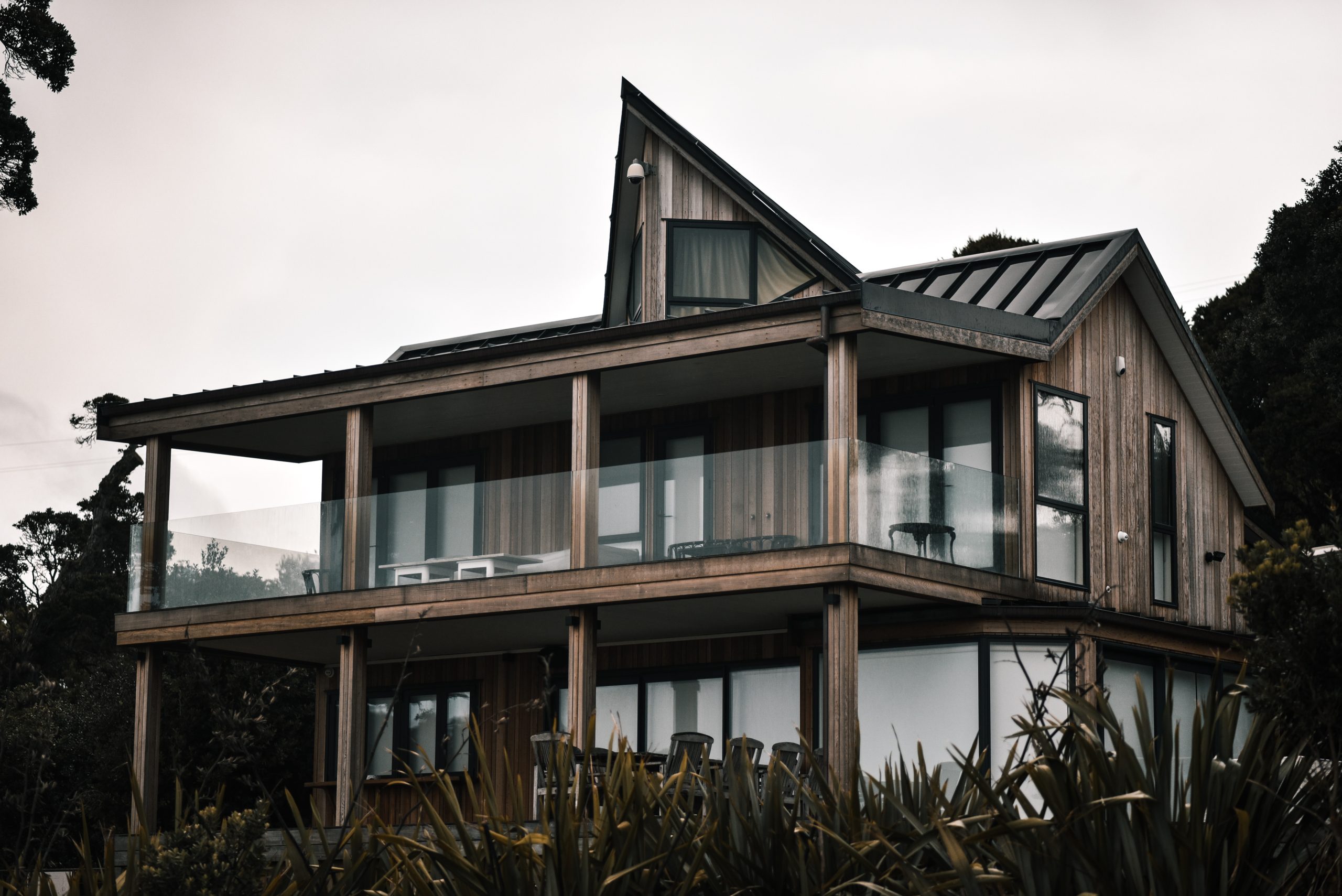Introduction
Welcome to an insightful exploration of a pressing issue in the American housing market. Our guide on this journey is John Doe, a seasoned economist with over a decade of experience in studying racial disparities in the American housing market. His insights have been instrumental in shaping policies and sparking conversations about equality in homeownership.
The Reality of Homeownership Disparity
Homeownership, a cornerstone of the American Dream, remains elusive for many Black Americans. Despite strides towards equality in various sectors, the homeownership rate for Black Americans significantly trails that of their White counterparts. This disparity is not a result of individual choices but a complex interplay of systemic factors that warrant our attention.
Historical Context of Racial Disparity in Homeownership
The roots of this disparity can be traced back to discriminatory housing policies such as redlining and racially restrictive covenants in the mid-20th century. These policies limited Black Americans’ access to homeownership, creating a racial wealth gap that persists today. Understanding this historical context is crucial for formulating effective solutions.
The Economic Impact of Homeownership Disparity
The economic implications of the homeownership gap are profound. Homeownership is a primary source of wealth creation, and this disparity contributes to a persistent racial wealth gap. The ripple effects extend beyond individual households, impacting the economic health of entire communities and the overall economy.

Case Studies Highlighting the Disparity
Consider the case of two families, one White and one Black, who started with similar incomes three decades ago. The White family, benefiting from a legacy of homeownership, has significantly more wealth today due to the appreciation of their property. In contrast, the Black family, who were renters, missed out on this wealth accumulation.
Addressing the Homeownership Gap: Potential Solutions
Addressing this issue requires a multi-faceted approach. Policies aimed at increasing Black homeownership rates, financial education focusing on the benefits and responsibilities of homeownership, and stricter enforcement of fair housing laws are just a few potential solutions.
The Role of Economists, Real Estate Professionals, and Housing Rights Advocates
Economists, real estate professionals, and housing rights advocates have a crucial role to play in addressing this issue. By conducting rigorous research, advocating for fair housing practices, and educating the public about the importance of homeownership, they can contribute to closing the homeownership gap.
Conclusion
The homeownership disparity among Black Americans is a complex issue rooted in historical discrimination. While the problem is daunting, it is not insurmountable. With concerted efforts from all stakeholders, we can move towards a future where homeownership, and the economic stability it brings, is accessible to all.
Table: Key Points Discussed
| Section | Key Points |
|---|---|
| Reality of Homeownership Disparity | Significant gap in homeownership rates between Black and White Americans |
| Historical Context | Discriminatory housing policies have contributed to the current disparity |
| Economic Impact | The homeownership gap contributes to the racial wealth gap and affects the overall economy |
| Case Studies | Real-world examples highlight the impact of the disparity |
| Potential Solutions | Multi-faceted approach needed, including policy changes and financial education |
| Role of Key Stakeholders | Economists, real estate professionals, and advocates can contribute to solutions |










